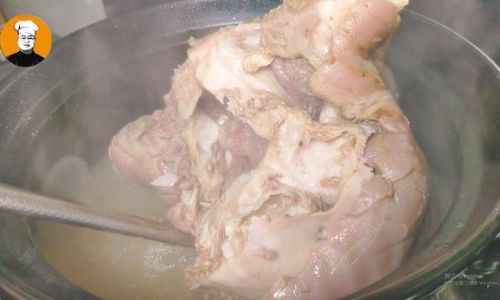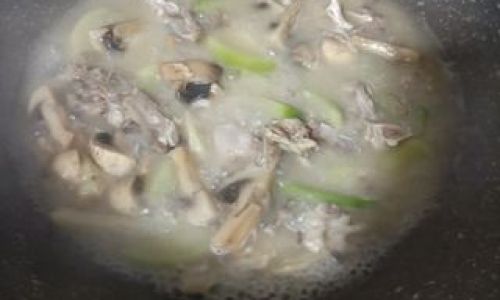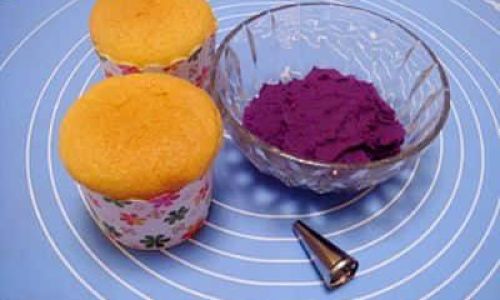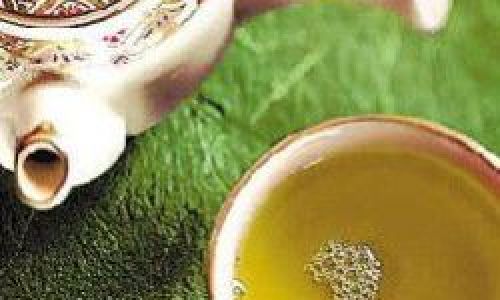Introduction
In the realm of culinary arts, few dishes evoke as much intrigue and curiosity as the humble yet richly flavored stewed sheep’s head. This dish, often associated with traditional cuisines across various cultures, particularly in Eastern Europe, Asia, and the Middle East, is not just a meal but an experience that delves into the depths of flavor, texture, and cultural heritage. Stewing a whole sheep’s head may sound daunting to the uninitiated, but with the right techniques and ingredients, it can transform into a sumptuous, nourishing feast that satisfies both the palate and the soul. This guide aims to demystify the process, walking you through each step to achieve a perfectly stewed sheep’s head that is tender, flavorful, and bursting with umami.

Section 1: Preparing the Sheep’s Head
Before diving into the stewing process, proper preparation of the sheep’s head is crucial. This involves several key steps to ensure cleanliness, safety, and optimal cooking results.
1 Sourcing the Ingredients
Start by obtaining a fresh or high-quality frozen sheep’s head from a reputable butcher. Freshness is paramount, as it directly affects the taste and texture of the final dish. Look for a head with firm, moist flesh and clear, bright eyes—indicators of freshness. If using frozen, ensure it is thoroughly thawed before proceeding.
2 Cleaning the Sheep’s Head
Begin by rinsing the sheep’s head under cold running water to remove any surface dirt or debris. Use a sharp knife to trim away any excess hair, skin tags, or fatty deposits. Carefully inspect the ears, nose, and mouth for any foreign matter and clean thoroughly. The brain, if desired, can be carefully removed and set aside for later use.
3 Seasoning and Marinating
Once cleaned, season the sheep’s head generously with salt, black pepper, and your choice of spices. A blend of garlic powder, paprika, rosemary, thyme, and bay leaves can add depth and complexity to the dish. Allow the seasoned head to marinate for at least an hour, preferably overnight, to allow the flavors to penetrate the meat.
Section 2: Choosing the Right Pot and Cooking Liquid
The pot you use for stewing a whole sheep’s head is almost as important as the ingredients themselves. A heavy-bottomed, large stockpot is ideal, as it retains heat well and provides ample space for the head to cook evenly.
1 Preparing the Cooking Liquid

The cooking liquid, or broth, is the backbone of any stew. For a sheep’s head stew, a rich, flavorful broth is essential. Begin by sautéing chopped onions, carrots, celery, and garlic in a bit of olive oil until softened and fragrant. Add tomatoes, either fresh or canned, and cook until they break down, releasing their juices. Pour in enough beef or vegetable broth to fully submerge the sheep’s head once it’s added to the pot. For added depth, consider incorporating a splash of red wine, beer, or even a homemade bone broth.
Section 3: The Stewing Process
Now, it’s time to bring all the elements together and let the magic happen.
1 Bringing It All Together
Place the seasoned sheep’s head into the prepared pot, ensuring it is fully submerged in the broth. Bring the liquid to a gentle boil, then reduce the heat to a low simmer. Cover the pot with a lid, leaving it slightly ajar to allow steam to escape and prevent the broth from boiling over.
2 Cooking Time and Temperature
Slow and steady wins the race when it comes to stewing a whole sheep’s head. The cooking time can vary depending on the size of the head and the desired level of tenderness, but generally, you should plan for at least 3 to 4 hours of simmering. Maintain a consistent, gentle simmer throughout the cooking process. Occasionally check the broth level, adding more if necessary to keep the head submerged.
3 Monitoring and Adjusting
Throughout the stewing process, periodically check the head for tenderness by gently probing the meat with a fork. The meat should be falling off the bone and the broth should be rich and flavorful. If the broth becomes too thick, add a little more liquid. Conversely, if it’s too thin, you can remove the head and reduce the broth until it reaches your desired consistency.
Section 4: Finishing Touches and Serving
Once the sheep’s head is perfectly stewed, it’s time to plate and enjoy your culinary masterpiece.

1 Removing the Head
Carefully remove the sheep’s head from the pot and place it on a clean cutting board. Allow it to cool slightly before handling.
2 Separating the Meat
Using a fork and knife, gently pull the meat away from the bone. The meat should be tender and easy to separate. Set aside the meat in a warm serving dish.
3 Serving the Stew
Ladle some of the rich, flavorful broth over the meat. Serve the stewed sheep’s head with a variety of sides such as mashed potatoes, crusty bread, or steamed vegetables to soak up the delicious broth. Don’t forget to offer condiments like horseradish cream, mustard, or a dollop of yogurt to enhance the flavors.
Conclusion
Stewing a whole sheep’s head is a culinary journey that rewards patience, attention to detail, and a love for hearty, flavorful dishes. By following this guide, you’ll transform a seemingly intimidating ingredient into a meal that is not only nutritious but also deeply satisfying. Whether enjoyed as a family feast or a special occasion dish, stewed sheep’s head offers a unique and memorable dining experience that connects us to our culinary past while delighting our senses in the present. So, gather your ingredients, fire up the stove, and embark on this culinary adventure—your taste buds will thank you.






0 comments